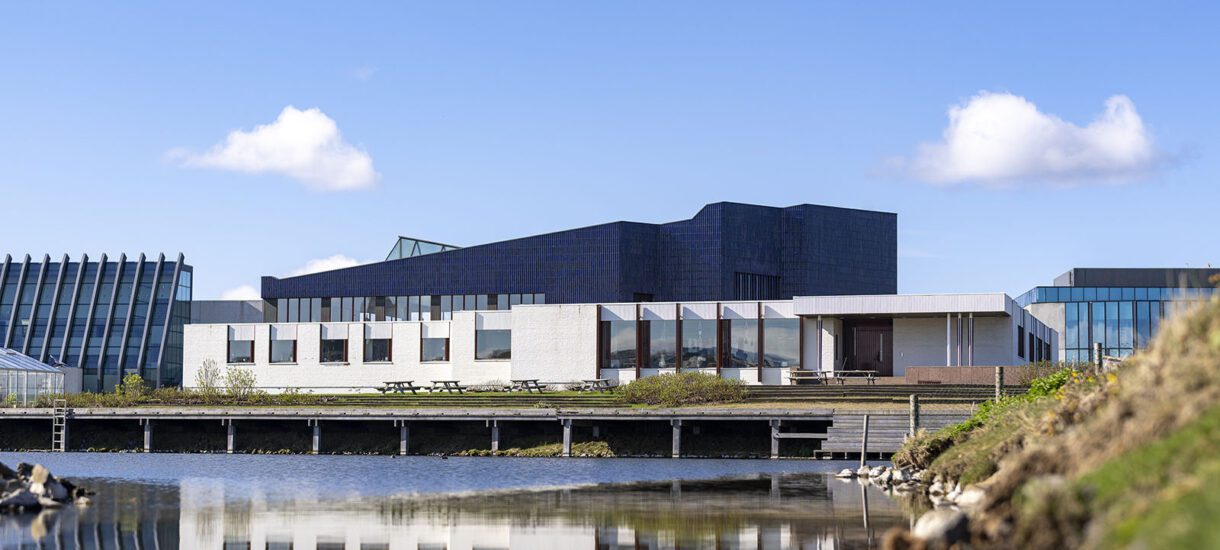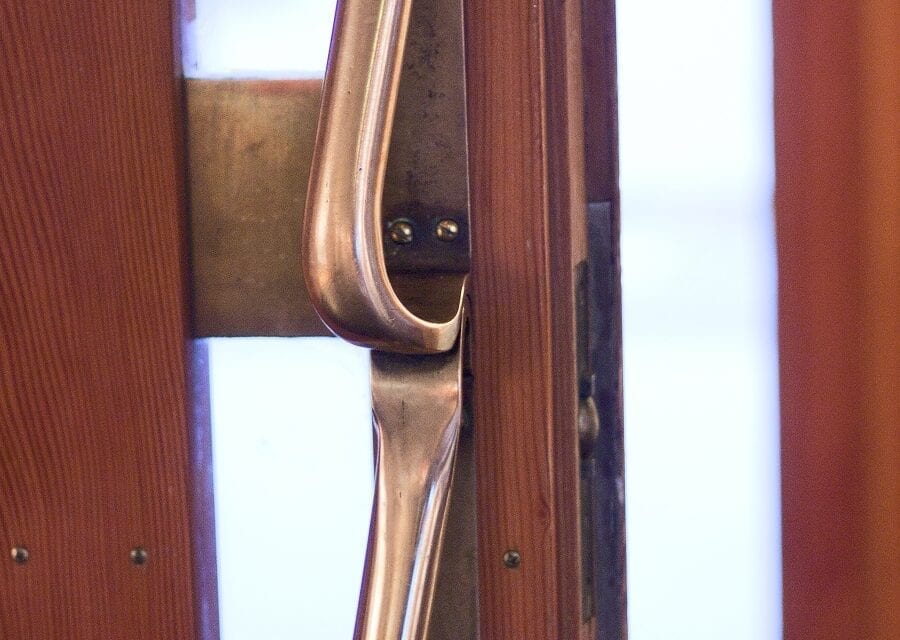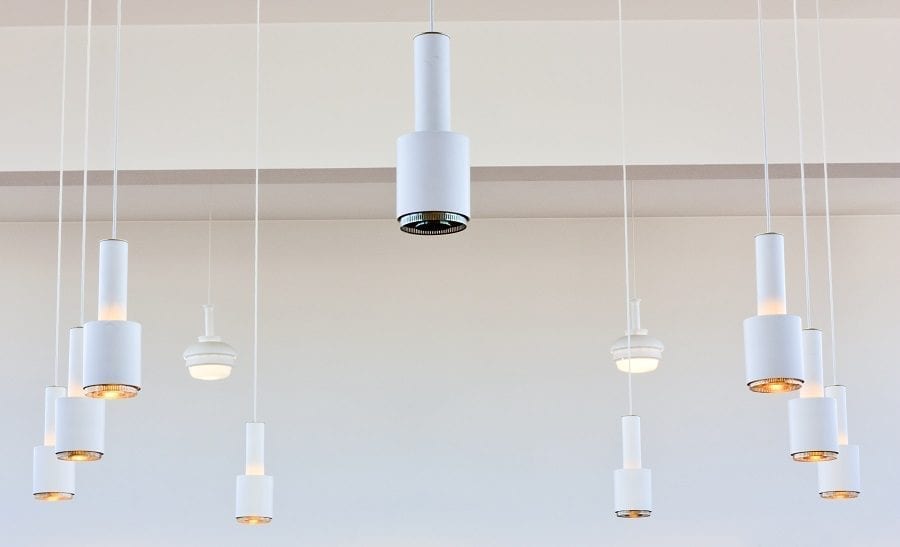
An International venue for Nordic contemporary art, culture and discussion
The Nordic House in Reykjavik is a well-established venue for Nordic art, culture, language, and public discussion. We focus on sustainability in every aspect of our operation. We aim for carbon neutrality and we emphasize equality and diversity. We offer a bold and relevant program that centers on art, literature, and societal issues all year round.
The Nordic House in Reykjavik operates under the Nordic Council of Ministers and has since its establishment in 1968 maintained a principal role in fostering cultural connections between Iceland and the other Nordic countries. The Nordic House plays a strategic role in attaining the aims of the Co-operation Programme on Culture Policy 2021-24, which is linked to Vision 2030 – a resolution made by the Nordic Council of Ministers to make the Nordic region the most sustainable and integrated region in the world by the end of this decade.
We work across various sectors with broad themes that we explore from literary, artistic and societal perspectives. The library and our exhibition hall Hvelfing function as the foundation for our program. In addition to our ongoing program, we arrange and accommodate various auxiliary activities, ranging from discussions, seminars, festivals, to other art and culture projects.
An important target group for our activities are children and young people. We work purposely with creating activities and learning material for schools and families. Our objective is to allow children and young people to get involved and to influence our work at the Nordic House. The children’s library, where we organize workshops and exhibitions for children, is a tranquil place for families, filled with Nordic books. Together with our friendship school, Hólabrekkuskóli, we carry out thorough projects about the Nordic countries and culture, with an emphasis on art, music and literature.
Equality is essential to us, and we take this into account in all our activities. The Nordic House has signed the The Keychange Pledge, thus promising to involve and represent at least 50% of women and sexual minorities in the concert program.
On our digital channel we have a broad selection of content aimed towards both adults and children. A great extent of our program is streamed and recorded on the channel, where it can be viewed afterwards.
The Nordic House is the secretariat for the Nordic Council’s Literature Prize, the Children and Young People’s Literature prize, as well as the Environment prize. We also have the Nordic Region in Focus, a project among the five capitals of the region, that communicate current matters to Nordic societies, while adding a Nordic angle to national debates. In Reykjavík, the project is a part of the activities of the Nordic House, consisting of several cultural events and an efficient information service.
The Nordic House is designed by acclaimed Finnish modernist architect Alvar Aalto (1898-1976). The house is one of his later works, a hidden gem among the better-known masterpieces, and features most of Aalto’s signature traits. These are evident in the ultramarine blue ceramic rooftop that takes its organic shape from the mountain row in the background, the central well in the library and the extensive use of tile, wood and white plaster throughout the building.
Alvar Aalto also designed the furnishings in most of his buildings. In the Nordic house, all installed furnishings, lamps and nearly all of the furniture are by Aalto.
Current board of The Nordic House
- Mads Bjørn Hansen (DK)
- Ingrid Leffler (SE)
- Julian Owusu (FI)
- Maigun Solmunde (FÖ)
- Daniel Svavarsson (IS)

Alvar Aalto
Alvar Aalto is one of the most noted architects of the 20th century.He was born in 1898 in Finland and died there in 1976. He grew up in close contact with nature in a small town in the western part of the country.
When Aalto was a young man Finland obtained its independence, which awoke in him an awareness of his place in the international community. Early on he showed interest in the classical architecture of Greek and Italy, and was especially taken by architecture’s relationship with landscape.
In fact, many of Aalto’s buildings are inspired by the wing-shaped form of classical, open-air theaters. He was also influenced by modernist thought from at the beginning of the 20th century concerning simplicity and architectural utilitarianism. He developed these ideas along a rather artistic and personal trajectory, placing emphasis on natural materials and organic shapes, which lend his structures a gentle demeanor. His work was always been conceived with the human in the foreground and a conviction for close relationships between architecture and setting, man and nature.
“Architecture should spring forth from every location and circumstances. It is subject to a keen sense of form but must appeal to human emotion.”
Among Aalto’s earlier works is the municipal library in Viipuri, Finland (1927-1935), which has since become Vyborg, Russia. Here Aalto implemented his first cylindrical skylight, which is also found in the central space of the Nordic House in Reykjavík. Likewise, he sank a portion of the library’s floor creating a sort of hollow to diversify the use of space, an idea he later employed in a number of his buildings.
The Nordic House bears references to a number of Aalto’s other works, including the Paimio Sanatorium in Finland (1928-32) and the Villa Mairea house in Noormarkku, Finland (1938-39), which features his first example of interplay between manmade forms and the use of organic materials. Also referenced is Aalto’s own summerhouse, “The Experimental House,” in Muuratsalo, Finland, where he experimented with different types of bricks and textures, which, in turn, led to techniques like the use of glazed flagstone tiles, a material incorporated in various ways in his later works.
Many of Aalto’s structures surround a central space or courtyard, like Säynätsalo Town Hall (1949-52). Other buildings demonstrate variations on the wing-shaped auditorium like the Helsinki University of Technology at Otaniemi (1949-74), Seinäjoki City Theater (1960-69), and Finlandia Hall in Helsinki (1962-75) among others.

The Nordic House´s building
The Nordic House’s building is not large, but its location is a testament to Aalto’s keen sense of the setting’s landscape. Instead of creating an extravagant structure, he placed the house on a manmade landmass in the middle of a marsh, affixing a small pond to the house’s north side, which echoes the two larger ponds towards downtown. In this way, the architect has emphasized the unique natural aspects of the land as well as the reciprocal relationship between man and nature, architecture and setting.
The base of the building was built low and is white in color. But standing on top of the flat, rectangular roof is a distinctly prominent form rising above the ground floor covered in tiles glazed in dark purple.
Off the foyer is the house’s central space, which enjoys daylight from a dome-shaped skylight spread over the ceiling. The central space has access to the house’s library, the concert/conference auditorium, the office wing, and also the house’s café, which offers an excellent view over downtown Reykjavík all the way north to Mount Esja.
The library occupies an unusual space as its walls and ceiling are formed by the cone extending up from the middle of the building. The middle of the floor is sunken, leading to the lower level of the building. The entire space is awash with light, which pours in from a crystal-shaped skylight prominently placed at the top of the cone. The library’s collection consists of about 30,000 titles.
Next to the library is the concert/conference auditorium. The room’s unconventional shape and wood paneling on the wall provide excellent acoustics for both music and the spoken word.
Picture: Natalie Djurberg & Hans Berg, One Last Trip to the Underworld, detail (2019) Photo: Pétur Thomsen